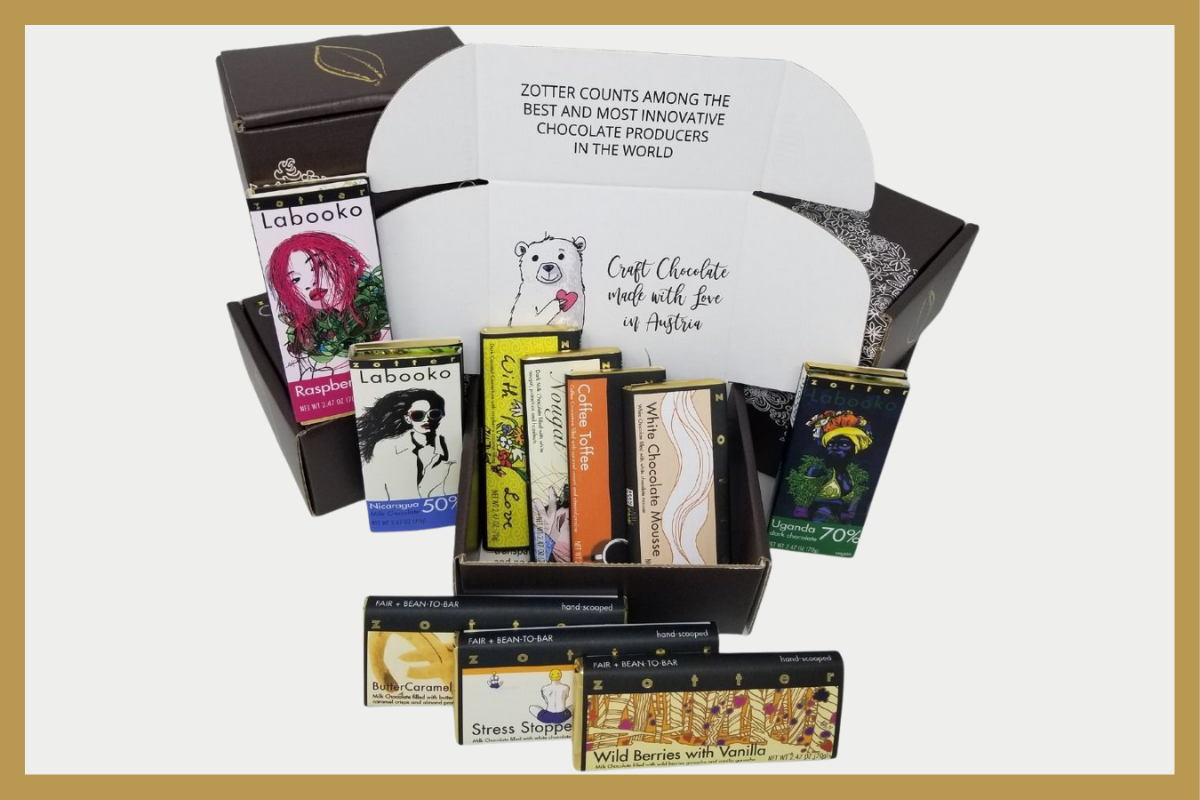Chocolate has long been a symbol of indulgence, comfort, and celebrations, but its story is far older—and richer than the glossy packages lining supermarket shelves today.
From its origins as a sacred drink among ancient civilizations to its transformation into the global industry we know today, chocolate’s history is as fascinating as it is delicious.
Join us as we explore the savory story of chocolate and trace its remarkable journey across cultures and centuries.
The Birth of Chocolate in Ancient Civilizations
Chocolate owes its origins to the cacao tree (Theobroma cacao), native to the tropical regions of Central and South America. The early roots of chocolate can be traced back to around 1500 BCE when it was embraced by the ancient Olmec civilization (modern-day Gulf of Mexico). Historians believe the Olmecs were the first to ferment, roast, and turn cacao seeds into a drink, paving the way for cacao’s profound cultural significance.
Cacao as the “Food of the Gods”
The word “Theobroma” literally translates to “food of the gods.” It’s no wonder, then, that cacao held sacred status in Mesoamerican cultures. Both the Maya and Aztec civilizations believed the cacao tree was a divine gift from the gods, with the beans often used in religious ceremonies, rituals, and as offerings. However, unlike the sugary chocolate we crave today, their preparation was a far cry from dessert.
Maya communities around 250 CE prepared cacao as a frothy, bitter beverage mixed with water, chili, and spices. It was consumed during ceremonies and often accompanied feasts as a luxurious treat. Similarly, the Aztecs who followed revered cacao, believing it provided divine wisdom and strength. Their emperor, Montezuma, was famously known to drink large quantities of cacao daily to fuel his vigor.
What’s more, cacao beans acted as currency in the Aztec economy, solidifying its prestige. For example, 100 cacao beans could buy you a turkey, and just a few might land you a hearty meal. Chocolate was not just a drink—it was wealth, power, and status.
Chocolate Travels to Europe
The year 1519 marked a pivotal moment in chocolate’s history when Spanish conquistador Hernán Cortés encountered cacao during his conquest of the Aztec Empire. Fascinated by its cultural significance and unique flavor, Cortés brought cacao beans, tools, and preparation techniques back to Spain around 1528.
Sweetening the Bitter Brew
While the Spaniards adopted and celebrated the Mayan and Aztec customs of drinking cacao, they found the bitter flavor a bit too intense for their liking. Soon enough, sugar, cinnamon, and vanilla were added to the mix, transforming chocolate into a sweetened delicacy that appealed to European palates.
By the 17th century, chocolate had become a symbol of luxury among European elites, particularly in Spain and Italy. It was consumed as a hot, sweetened beverage enjoyed in royal courts and aristocratic gatherings.
The drink’s rarity and high cost made it a special indulgence for the wealthy, and for nearly a century, Spain fiercely guarded its chocolate-making process from the rest of Europe.
The Industrial Revolution and the Birth of Modern Chocolate
Chocolate’s exclusivity began to dwindle in the late 18th century, thanks to the Industrial Revolution and advances in mechanization. By this time, cacao was being cultivated on a larger scale in the Americas and Africa, often relying on enslaved labor.
The Evolution of Solid Chocolate
The turning point came in 1828 when Dutch chemist Coenraad van Houten invented the cocoa press, which separated cocoa butter from cocoa solids and reduced chocolate’s bitterness. This innovation not only paved the way for powdered cocoa but also made chocolate far more affordable.
A few decades later, in 1847, a British company named J.S. Fry & Sons created the first-ever solid chocolate bar by mixing cocoa butter back in with sugar and cocoa powder. This breakthrough marked the birth of modern chocolate as we know it—portable, sweet, and endlessly versatile.
Not long after, Swiss innovations revolutionized the industry even further. By blending chocolate with milk in 1879, Daniel Peter invented milk chocolate. Around the same time, Rodolphe Lindt developed the conching process, a technique that gave chocolate a smoother texture and rich flavor. Together, these developments made chocolate more accessible and enjoyable for the masses.
Chocolate in the 20th and 21st Centuries
The 20th century saw chocolate morph into both a mass-produced commodity and a respected artisanal craft. Global brands like Hershey, Cadbury, Nestlé, and Mars dominated shelves, emphasizing affordability and convenience. Iconic products such as Hershey’s Kisses, Cadbury Dairy Milk, and M&M’s became staples in homes worldwide.
From Mass Production to Artisan Revival
While mass production remained dominant, the late 20th century also witnessed a resurgence in artisanal and craft chocolate. Specialty chocolatiers began prioritizing high-quality ingredients, single-origin cacao, and ethical sourcing practices. Terms like “bean-to-bar” and “organic chocolate” became part of the modern chocolate lexicon, catering to a more conscious and adventurous consumer base.
Chocolate and Sustainability
Today, the chocolate industry faces new challenges, including the environmental and social costs of cacao farming. Approximately 70% of global cacao production occurs in West Africa, where ethical concerns such as child labor, deforestation, and low wages persist.
Fortunately, many chocolate brands are taking steps to champion sustainability. Certifications like Fair Trade and Rainforest Alliance are working to ensure that cacao farmers receive fair wages and practice environmentally friendly methods.
Additionally, some companies are exploring alternative ingredients and production techniques to reduce their environmental footprint. For example, businesses are experimenting with plant-based chocolate and sustainable packaging in response to growing consumer demand for eco-conscious products.
Zotter Chocolates: A Pioneer in Creativity and Sustainability
One noteworthy name in the modern chocolate landscape is Zotter Chocolates, an Austrian brand renowned for its innovation, artistry, and sustainability. Founded by Josef Zotter in 1987, the company has become a global icon for producing chocolates that are as imaginative as they are ethically crafted.
Zotter stands out for its commitment to the bean-to-bar process, ensuring full transparency and traceability of its cacao sourcing. Their ingredients are Fair Trade and organic, reflecting a deep respect for both the environment and the farmers who grow the cacao.
Zotter Chocolates is also celebrated for its bold and unconventional flavors, which go far beyond traditional offerings. From exotic combinations like raspberry and coconut to balsamic vinegar caramel, the brand encourages curiosity and exploration through chocolate.
By combining sustainability with creativity, Zotter Chocolates has successfully carved out a unique space in the craft chocolate world, offering a truly memorable experience for chocolate lovers.
What the Future Holds for Chocolate
Chocolate’s evolution is far from over. Scientists and chocolatiers continue to push boundaries, from crafting ultra-premium dark chocolate blends to engineering cacao-free alternatives made from sustainable plant sources. With technology, creativity, and ethical practices converging, chocolate remains a constantly innovating indulgence.
The Sweetest Journey Continues
From the sacred ceremonies of the Maya to the artisanal bars of today, chocolate’s history is a tapestry woven with culture, innovation, and passion.
Its enduring appeal speaks to more than just sweet cravings—it’s a symbol of shared joy and human ingenuity, connecting us to distant lands and centuries-long traditions.
If you’re ready to explore your own chocolate adventure, why not try single-origin bars or experiment with new recipes at home? However you choose to indulge, remember that every bite carries a story—a legacy shaped by those who cherished cacao before you.
Are you ready to explore the world of Zotter Chocolate?
Embark on a sensory journey with Zotter Chocolates, where every piece is a testament to the soulful essence of Bean-To-Bar, organic, and fair trade practices. Savor the results of 30+ years of passionate craftsmanship, as each bite whispers tales from Austria’s heartlands.
Let the unique and distinct flavors of our chocolates embrace your senses, reminding you of the love and dedication poured into every piece. Our diverse range of chocolates boasts approximately 170 varieties, offering something to satisfy every palate.
Will your next favorite chocolate be, perhaps the “Peanut Caramel”, filled with white chocolate and almond praline ganache and covered with rich dark chocolate? Join us in pursuit of chocolate perfection, where every piece is a piece of joy, waiting to be discovered.


